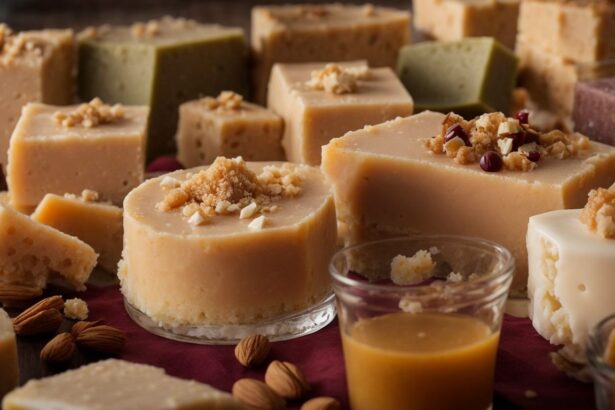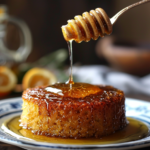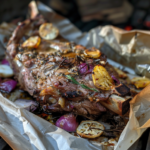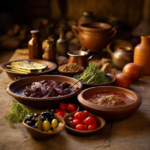
Halva, a sweet staple in Greek cuisine, holds a rich heritage deeply rooted in the culinary traditions of Greece. The history and origin of halva trace back to ancient times, evolving and spreading throughout Greek cuisine over the years. There are different variations and traditional recipes of halva that have become integral to Greek culinary culture.
When exploring the history of halva, it is fascinating to uncover the ancient origins of this sweet treat and understand how it spread through Greek cuisine. Furthermore, learning about the traditional Greek halva recipes, such as semolina halva, tahini halva, and flour-based halva, provides insights into the diverse flavors and textures of this delectable dessert. Greek cuisine offers variations of halva, including nut-based, fruit-infused, and even chocolate halva, showcasing the versatility and creativity within this beloved dessert.
Beyond its culinary significance, halva holds cultural importance in Greece. It is often associated with celebrations and festivals, adding a touch of sweetness and joy to special occasions. Halva is symbolic of hospitality, reflecting the welcoming nature and generosity of the Greek people.
While halva is undoubtedly a delightful indulgence, it is also worth exploring the health benefits and nutritional value it offers. Halva is known for its high energy content, making it a perfect treat for a quick boost of vitality. It is also a source of healthy fats and is rich in essential nutrients, making it a satisfying and nourishing dessert option.
Delving into the heritage of halva in Greek cuisine allows us to appreciate the centuries-old traditions and cultural significance of this sweet delight. Whether relishing the traditional recipes or savoring the modern variations, halva continues to be a beloved and cherished part of Greek culinary heritage.
Key takeaway:
- Halva has ancient origins: Halva has a long history dating back to ancient times, making it an integral part of Greek cuisine with deep cultural significance.
- Variety of traditional recipes: Greek cuisine offers a range of halva recipes, from semolina and tahini-based to flour-based variations, each with its own unique flavors and textures.
- Nutritional benefits of halva: Halva is a high-energy dessert that provides healthy fats and essential nutrients, making it a delicious and nutritious choice for those seeking a sweet treat.
The History and Origin of Halva

Photo Credits: Cookingwithgreekpeople.Com by Brian Hall
Get ready to tantalize your taste buds as we dive into the rich history and origins of everyone’s favorite Greek sweet treat – Halva! In this section, we’ll uncover the intriguing story behind Halva, from its ancient origins to its widespread presence in Greek cuisine. Brace yourself for a journey through time and culture, as we explore the fascinating roots and delicious traditions that have made Halva a beloved staple in Greek culinary delights.
Ancient Origins of Halva
Halva, with its ancient origins, can be traced back to civilizations like Mesopotamia and Egypt. These ancient cultures ingeniously created the dessert by blending ground grains or sesame seeds with sweeteners such as honey or date syrup. Gradually, the recipe found its way into Greek cuisine, where it became a beloved and cherished sweet delicacy. Greek Halva, commonly prepared using semolina, tahini, or flour as the base ingredient, presents a delectable range of variations. These may include nut-infused, fruit-flavored, and even chocolate-infused versions of Halva. In contemporary Greece, Halva holds immense cultural importance and is often savored during celebrations and festivals. People appreciate it not only for its rich flavor but also for the abundance of healthy fats, nutrient richness, and high energy content it offers.
Spread of Halva in Greek Cuisine
Halva holds cultural significance in Greece, often enjoyed during celebrations and festivals. It is also seen as a symbol of hospitality. The spread of halva in Greek cuisine showcases its popularity and versatility. Halva has a rich history in Greek cuisine, with its origins in ancient times. It has since spread throughout the country, becoming a beloved dessert. There are various traditional Greek halva recipes, including semolina, tahini, and flour-based halva. Moreover, there are variations of halva that incorporate nuts, fruits, and even chocolate. Besides its delicious taste, halva offers health benefits and nutritional value. It is high in energy, contains healthy fats, and is rich in nutrients. The spread of halva in Greek cuisine is a testament to its enduring appeal and its ability to adapt to different flavors and ingredients.
Traditional Greek Halva Recipes
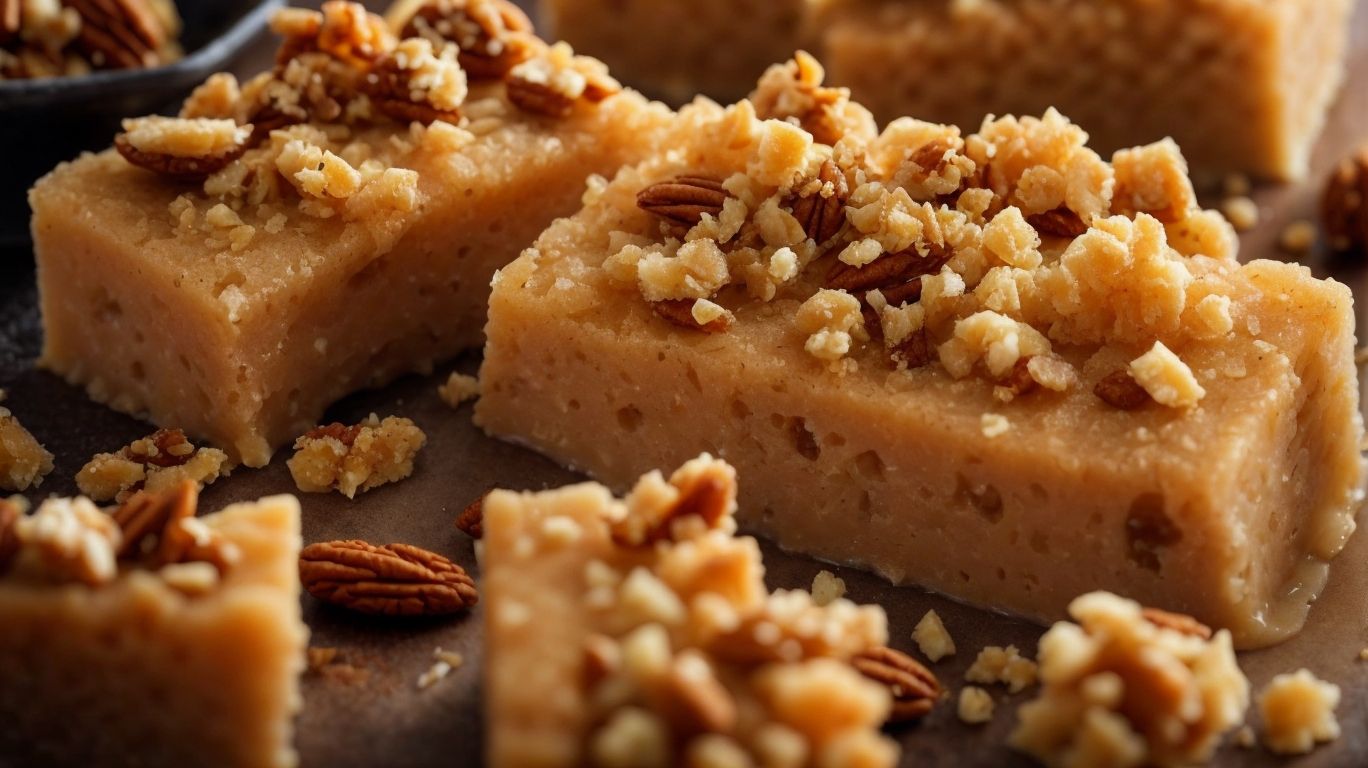
Photo Credits: Cookingwithgreekpeople.Com by Ralph Nguyen
Indulge in the mouth-watering heritage of traditional Greek halva recipes. From the rich and creamy Semolina Halva to the nutty and delectable Tahini Halva, and the unique flavors of Flour-Based Halva, we’ll take you on a journey through the diverse world of Greek halva. Get ready to tantalize your taste buds with these authentic recipes that have stood the test of time.
Semolina Halva
Semolina halva is a traditional Greek dessert made from semolina flour, sugar, and water. It is often flavored with ingredients such as cinnamon, vanilla, or citrus zest. This sweet treat, known as semolina halva, has a rich and creamy texture, making it a popular choice for special occasions and celebrations. Semolina halva is not only delicious but also offers nutritional benefits, as semolina is a good source of carbohydrates and essential minerals. It is a versatile dessert that can be enjoyed on its own or served with a dollop of Greek yogurt or a sprinkle of chopped nuts.
| Ingredients | Semolina flour, sugar, water, cinnamon, vanilla, citrus zest |
| Texture | Rich and creamy |
| Occasions | Special occasions, celebrations |
| Nutritional Benefits | Good source of carbohydrates and essential minerals |
Tahini Halva
In Greek cuisine, Tahini Halva is a widely favored variety of halva. This delightful treat boasts a velvety smooth consistency, thanks to the inclusion of tahini, a luscious paste derived from finely ground sesame seeds. To further enhance its delectable flavor, vanilla, cocoa, or nuts are often incorporated. Celebrations and festivals in Greece frequently feature tahini halva, which is cherished as both a dessert and a sweet snack. An intriguing fact: Apart from its irresistible taste, tahini halva also offers a wealth of nutrition, being an excellent source of healthy fats and essential nutrients such as calcium and iron.
Flour-Based Halva
A Delicious Greek Dessert
Flour-based halva, a mouthwatering Greek dessert, is made from simple ingredients such as flour, sugar, and butter. Its unique crumbly texture and sweet aroma are what make this treat so irresistible.
If you’re wondering how to make this delightful dessert, here’s a breakdown of the typical quantities of ingredients used:
| Flour | 1 cup |
| Sugar | 1 cup |
| Butter | 1/2 cup |
| Water | 1 1/2 cups |
| Vanilla Extract | 1 teaspoon |
| Cinnamon | 1/2 teaspoon |
| Nuts (optional) | 1/2 cup |
To prepare flour-based halva, start by heating the butter in a pan. Add the flour and cook until it turns a golden brown color. In a separate saucepan, combine water and sugar, and let it simmer until the sugar fully dissolves. Slowly pour the sugar syrup into the pan with the flour mixture, while stirring continuously. Add the vanilla extract and cinnamon, and mix everything well. For an extra burst of flavor, you can also include nuts if you prefer. Allow the mixture to cool and set before cutting it into squares.
If you’re feeling adventurous, you can experiment with different flavors like chocolate or fruit to create your own unique twist on flour-based halva.
Now it’s time to indulge in the rich taste of this traditional Greek dessert and savor the delight it brings to your taste buds.
Variations of Halva in Greek Cuisine
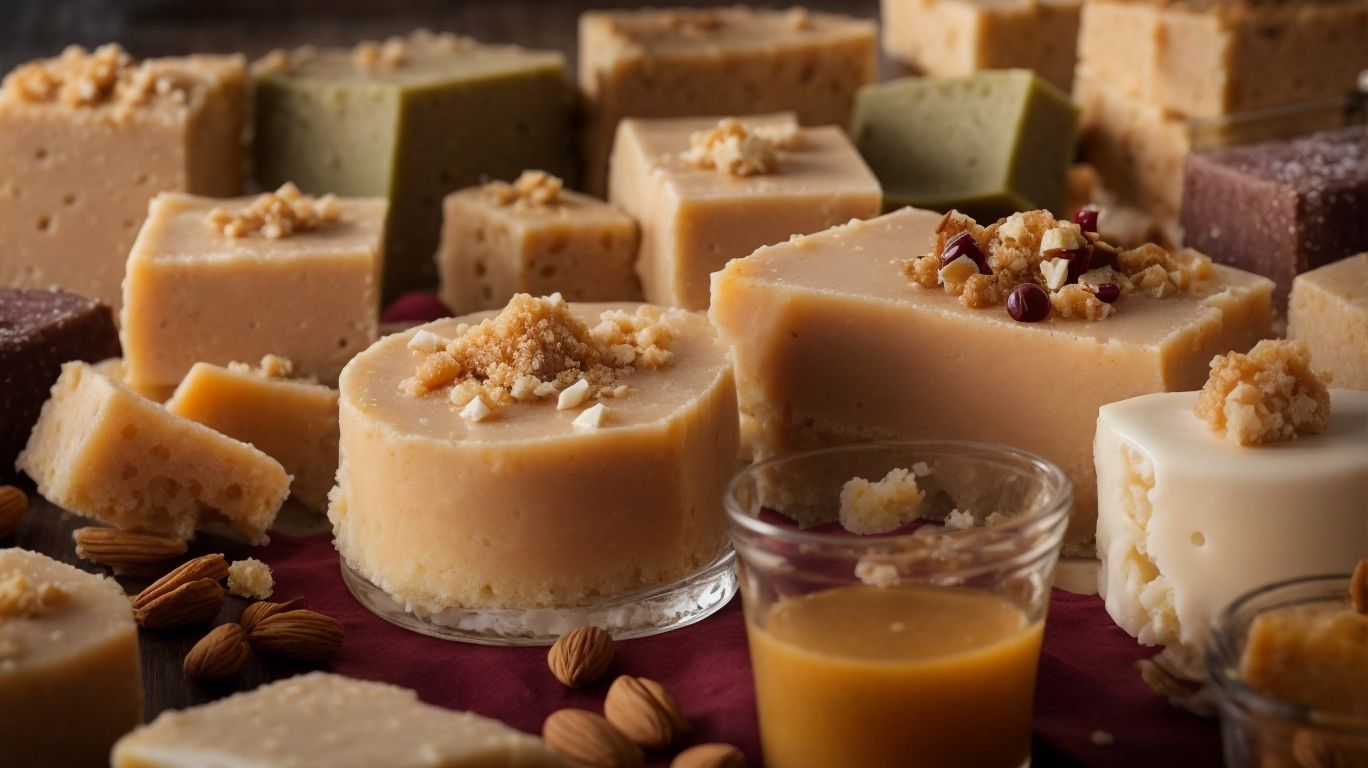
Photo Credits: Cookingwithgreekpeople.Com by Kevin Robinson
Indulge in the mouthwatering world of Greek cuisine as we explore the tantalizing variations of Halva. From the nut-based delights to the fruity-infused surprises and even the delectable chocolate twists, this section will take your taste buds on a wild journey through the diverse flavors of Halva. Prepare to be amazed by the creativity and innovation found in these sweet treats, each offering a unique and delightful experience for every dessert enthusiast.
Nut-Based Halva
Nut-based halva, a delightful and nutritious twist on traditional Greek dessert, is created by blending sugar, honey, and ground nuts such as almonds or pistachios. Through a slow cooking process, this mixture transforms into a dense and sugary treat. Packed with protein, fiber, and healthy fats, nut-based halva not only satisfies your cravings but also provides an energy boost. This delectable dessert holds great cultural importance in Greek cuisine and is often served during celebratory occasions, symbolizing a warm welcome and abundance. Allow me to share a true story that revolves around nut-based halva. During my travels in Greece, I had the pleasure of tasting homemade nut-based halva prepared by a Greek grandmother. The irresistible combination of crunchy nuts and the sweet syrup provided an authentic and delightful experience, emphasizing the cultural significance of this treasured dessert.
Fruit-Infused Halva
Fruit-Infused Halva is an exceptional variation of the traditional Greek dessert. It skillfully merges the flavorsome and nutty essence of halva with the innate sweetness and invigorating taste of a variety of fruits. Orange, lemon, strawberry, and apricot are among the popular fruit-infused halva flavors. This delightful treat introduces an exciting twist to the beloved halva recipe, elevating its allure for the palate. In Greece, the fruit-infused halva has gained widespread popularity, especially during festive occasions and celebratory events. It offers a delightful and unique experience by juxtaposing the indulgence of halva with the vibrant and fruity notes of freshly picked fruits.
Chocolate Halva
Chocolate Halva is a delicious variation of the traditional Greek dessert. It combines the rich, smooth taste of chocolate with the sweet and nutty flavors of halva. Made from a mixture of sesame paste (tahini), sugar, and cocoa powder, chocolate halva is a perfect treat for chocolate lovers. It can be enjoyed on its own, crumbled over ice cream, or used as a filling in pastries and cakes. With its unique combination of flavors and textures, chocolate halva is a popular dessert choice for those with a sweet tooth. Its irresistible taste and versatility make it a beloved sweet staple in Greek cuisine.
| Name | Taste | Ingredients |
|---|---|---|
| Chocolate Halva | Rich and Sweet | Tahini, Sugar, Cocoa Powder |
The Cultural Significance of Halva in Greece
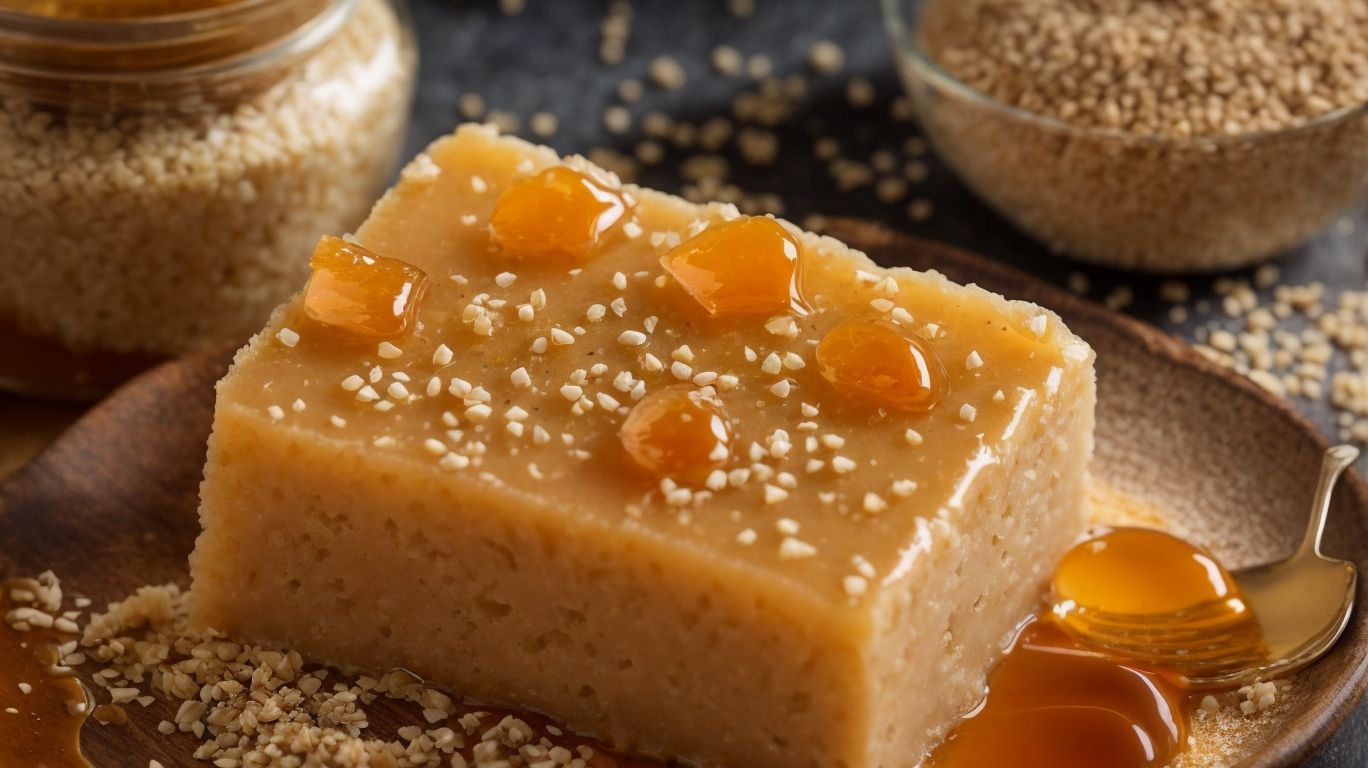
Photo Credits: Cookingwithgreekpeople.Com by Brandon Adams
Indulge in the cultural richness of Greece as we explore the significance of Halva in Greek cuisine. From its presence in celebrations and festivals to its role as a symbol of hospitality, Halva holds a special place in Greek traditions. Discover the captivating traditions and flavors that surround this sweet staple, and uncover the cultural tapestry that makes Halva an integral part of Greek heritage.
Halva in Celebrations and Festivals
Halva plays a significant role in Greek celebrations and festivals, adding a touch of sweetness to these special occasions. Here is a table showcasing how Halva in Celebrations and Festivals is enjoyed during various celebrations:
| Event | Halva Variation |
| Weddings | Tahini Halva is served as a traditional dessert to symbolize prosperity and good fortune for the newlyweds. |
| Easter | Flour-Based Halva, often garnished with almonds or pistachios, is a staple during Easter celebrations. |
| Religious Festivals | Nut-Based Halva, such as walnut or almond halva, is commonly enjoyed during religious festivities. |
| Name Days | Fruit-Infused Halva, like orange or cherry halva, is often served to celebrate individuals’ name days. |
Fact: Halva is not only a delicious treat but also a symbol of community and togetherness in Greek culture.
Halva as a Symbol of Hospitality
Halva holds a special place in Greek culture, symbolizing warmth, generosity, and hospitality. When guests visit a Greek home, it is common to be welcomed with a plate of homemade halva. This sweet treat is seen as a gesture of kindness and a way to make guests feel at home. The act of sharing halva is a symbol of creating connections and fostering a sense of community. It is Halva as a Symbol of Hospitality, a tradition deeply rooted in Greek hospitality that has been passed down through generations. A true story that exemplifies this is when a traveler was invited to a Greek family’s home and, as a gesture of hospitality, they were served a delicious homemade halva. This small act of kindness made the traveler feel welcomed and cherished in a foreign land.
Health Benefits and Nutritional Value of Halva
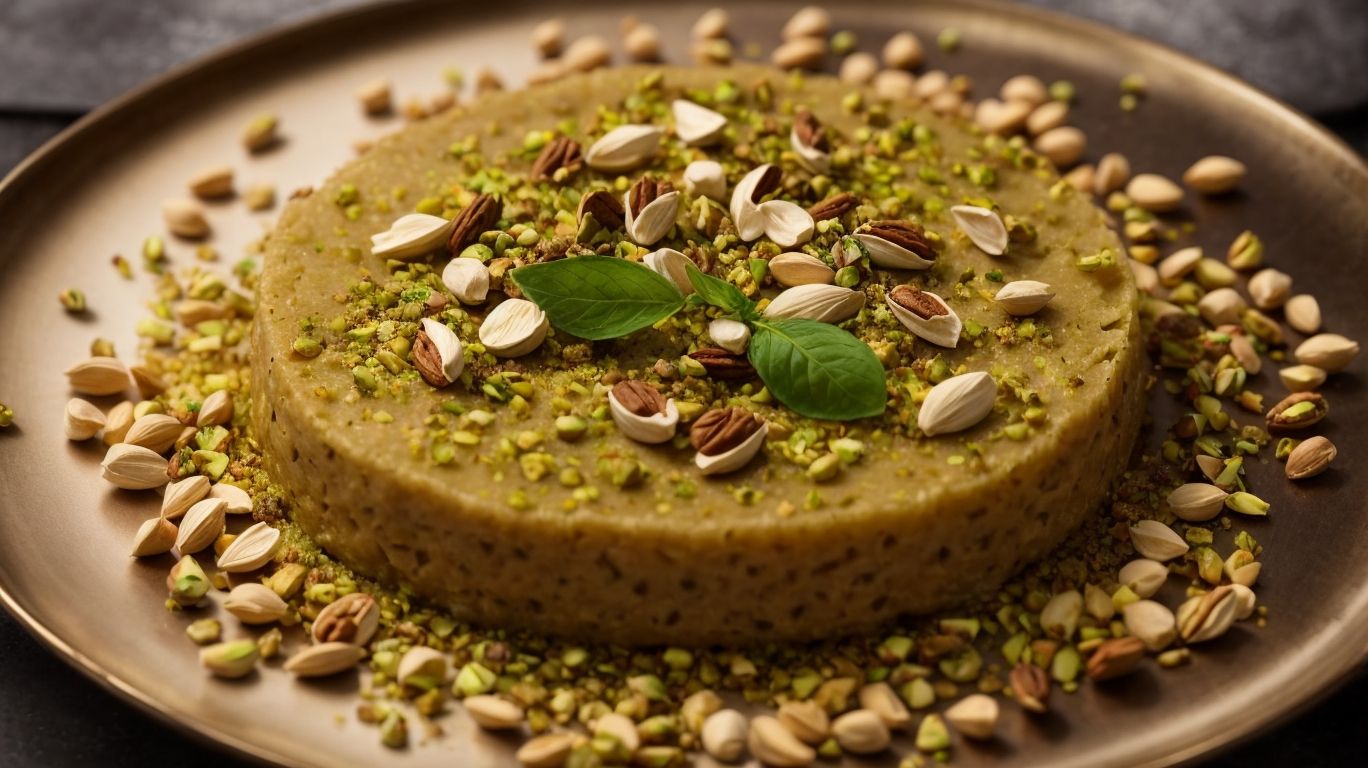
Photo Credits: Cookingwithgreekpeople.Com by Walter Jones
Discover the irresistible combination of health and indulgence in the heritage of halva! Uncover the exceptional health benefits and nutritional value that make halva a sweet staple in Greek cuisine. From its high energy content to being a source of healthy fats and rich in nutrients, each sub-section of this exploration will unveil the remarkable qualities that halva brings to the table. Prepare to be amazed by the goodness packed into this delectable treat!
High Energy Content
Halva, a popular sweet in Greek cuisine, is known for its high energy content. It provides a significant amount of calories, making it a great source of energy for individuals looking for a boost.
High Energy Content of Halva
| Types of Halva | Energy Content (per 100g) |
|---|---|
| Semolina Halva | 400-500 calories |
| Tahini Halva | 550-600 calories |
| Flour-Based Halva | 450-550 calories |
| Nut-Based Halva | 550-600 calories |
| Fruit-Infused Halva | 400-500 calories |
| Chocolate Halva | 500-600 calories |
Whether you choose semolina halva, tahini halva, or any other variation, the high energy content of halva makes it a satisfying and indulgent treat. Just remember to enjoy it in moderation as part of a balanced diet.
Source of Healthy Fats
Halva, a traditional Greek dessert, is not only delicious but also a source of healthy fats that provide important benefits to the body.
- Sesame seeds: Tahini-based halva is high in sesame seeds, which are packed with healthy fats like monounsaturated and polyunsaturated fats.
- Nuts: Nut-based halva variants, such as almond or pistachio, contain heart-healthy fats that can help lower cholesterol levels.
- Olive oil: Some versions of halva incorporate olive oil, which is rich in monounsaturated fats that support cardiovascular health.
- Coconut: Coconut oil and shredded coconut in halva offer medium-chain triglycerides, which can be easily metabolized for energy.
When looking for a tasty treat, consider indulging in halva, a dessert that not only satisfies your sweet tooth but also serves as a source of healthy fats.
Rich in Nutrients
Rich in Nutrients
Greek halva is abundantly rich in nutrients, offering numerous health benefits due to its highly nutritious profile.
- High Energy Content: Halva serves as an energizing treat, being packed with calories.
- Source of Healthy Fats: This delectable dessert derives its healthy fats from ingredients like sesame seeds or nuts, thus providing essential fatty acids.
- Halva proves to be an excellent source of vitamins and minerals, including calcium, iron, and vitamin E.
Some Facts About The Heritage of Halva A Sweet Staple in Greek Cuisine:
- ✅ Halva is a popular egg and dairy-free dessert in Mediterranean cuisine. (Source: Our Team)
- ✅ Origin of halva is disputed, with India, Turkey, and Greece all claiming it as their own. (Source: Our Team)
- ✅ Each culture has its own unique halva recipe, resulting in countless variations. (Source: Our Team)
- ✅ In Greece, halva is consumed during lent and there are three common varieties: Semolina Halva, Halva Farsalon, and Macedonian Halva. (Source: Our Team)
- ✅ The recipe for Greek semolina halva follows a 1:2:3:4 ratio of olive oil, semolina, sugar, and water. (Source: Our Team)
Frequently Asked Questions
What is halva?
Halva is a type of confectionery that originated in Persia and is widely spread throughout the Middle East and South Asia. It is a thick paste made from flour, butter, liquid oil, saffron, rosewater, milk, cocoa powder, and sweetened with sugar.
What is the heritage of halva in Greek cuisine?
The heritage of halva in Greek cuisine is extensive. Greek semolina halva is a popular dessert that is made with semolina, olive oil, sugar, and water. It is consumed during lent and there are also other varieties of halva such as Halva Farsalon made with cornflour and sugar, and Macedonian Halva made with tahini and often flavored with chocolate and almonds.
Where did halva originate?
Halva’s origin is disputed, with India, Turkey, and Greece all claiming it as their own. However, it originally originated in Persia and became popular in the Middle East and South Asia.
Is halva a vegan dessert?
Yes, halva can be a vegan dessert. There are vegan versions of halva made with ingredients such as semolina, sugar, oil, and aromatics. These versions do not include eggs or dairy products.
What are the different types of halva?
There are different types of halva found in various cultures. Some examples include grain-based halva made from toasted flour or cornstarch, dairy-based rice flour halva, sesame-based halva popular in the Balkans and Middle East, sunflower halva made from roasted ground sunflower seeds, and peanut-based halva popular in Argentina. There is also a traditional Turkish sweet called “pişmaniye” or “floss halva” made by flossing thin strands of halva into a light confection.
What is the recipe for Greek semolina halva?
The recipe for Greek semolina halva follows a 1:2:3:4 ratio of olive oil, semolina, sugar, and water. The semolina is cooked in olive oil until golden, then a hot syrup made from sugar and water is added, and the mixture is spiced with cinnamon. Nuts and dried fruits can also be added for extra flavor.
Chef on a Bike: Your Beacon in the Odyssey of Greek Culinary Exploration”
Chef on a Bike is more than a platform; it embodies a vibrant community where the zeal for Greek culinary traditions is nurtured and celebrated. As you step into our realm, you’re enveloped in an atmosphere enriched with the affection for hearty Greek meals, the invigorating aroma of fresh herbs, and the camaraderie encapsulated in sharing a meal. Our mission, although simple, resonates deeply; it’s about bridging the culinary journey between the novice and the seasoned cook, melding ancient traditions with contemporary twists, and creating a warm enclave for Greek cuisine aficionados and the comforting ambiance of a Greek kitchen. Our platform unveils a treasure trove of authentic recipes, enlightening narratives, and interactive cooking sessions helmed by passionate Greek chefs, whose every stir, chop, and simmer encapsulates the heart of Greek culinary ethos.
Proudly Sponsored by Digital Marketing Company Digital Heroes Caffe and Financial Navigator 360, this venture transcends beyond honing culinary skills, it weaves a narrative venerating the opulent heritage of Greek gastronomy. Today, we unveil the quintessential Greek Spanakopita Recipe, a savory pastry revered in Greek culinary lore. Through the ethos of Chef on a Bike, each recipe transcends beyond mere meal preparation; it’s a voyage into the rich tapestry of Greek culture, traditions, and the communal camaraderie intrinsic in the act of cooking and dining together. Our collaboration with Digital Heroes Caffe and Financial Navigator 360 amplifies our aspiration to share the culinary magnificence of Greece with a global audience, transforming every kitchen into a quaint Hellenic haven.
References:
- My Greek Dish – A hub for authentic Greek recipes.
- The Mediterranean Dish – Offering a variety of Greek and Mediterranean recipes.
- The Greek Foodie – Delve into Greek culinary traditions through various recipes.
- RecipeTin Eats – Explore a plethora of global recipes including Greek favorites.
- Vicki’s Greek Recipes – A collection of cherished Greek recipes from a seasoned cook.
- Lemon Blossoms – Discover a mix of recipes including Greek-inspired dishes.
- Souvlaki For The Soul – A modern take on classic Greek recipes.
- My Sweet Greek – Indulge in Greek culinary traditions through a variety of recipes.
- Olive Tomato – A blend of Greek and Mediterranean recipes aimed at a healthy lifestyle.
- Akis Petretzikis – The official website of Greek chef Akis Petretzikis offering a treasure trove of Greek recipes.
Each of these websites serves as a unique vessel to navigate the vast and rich culinary seascape of Greece, enhancing the holistic experience of delving into Greek cuisine






